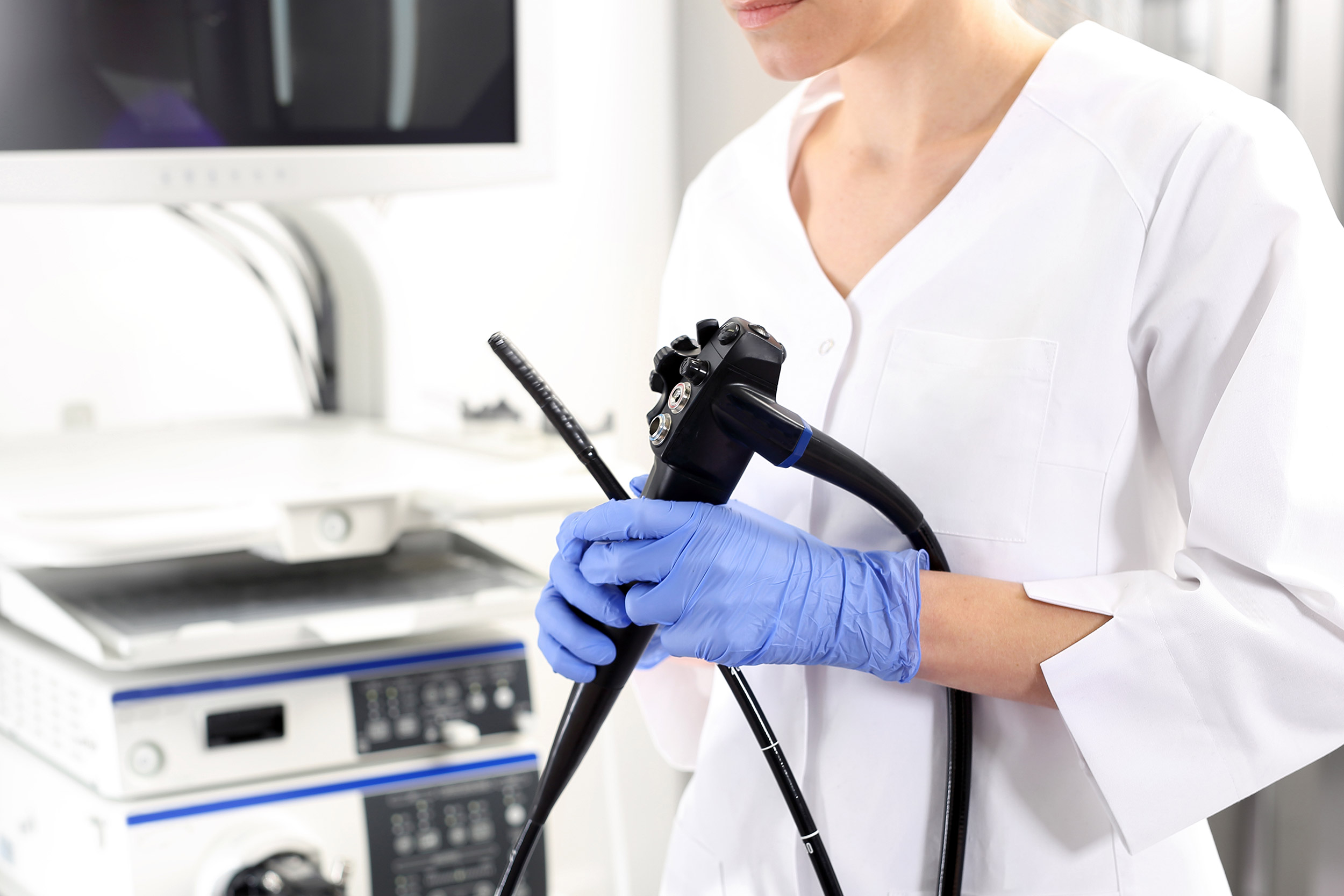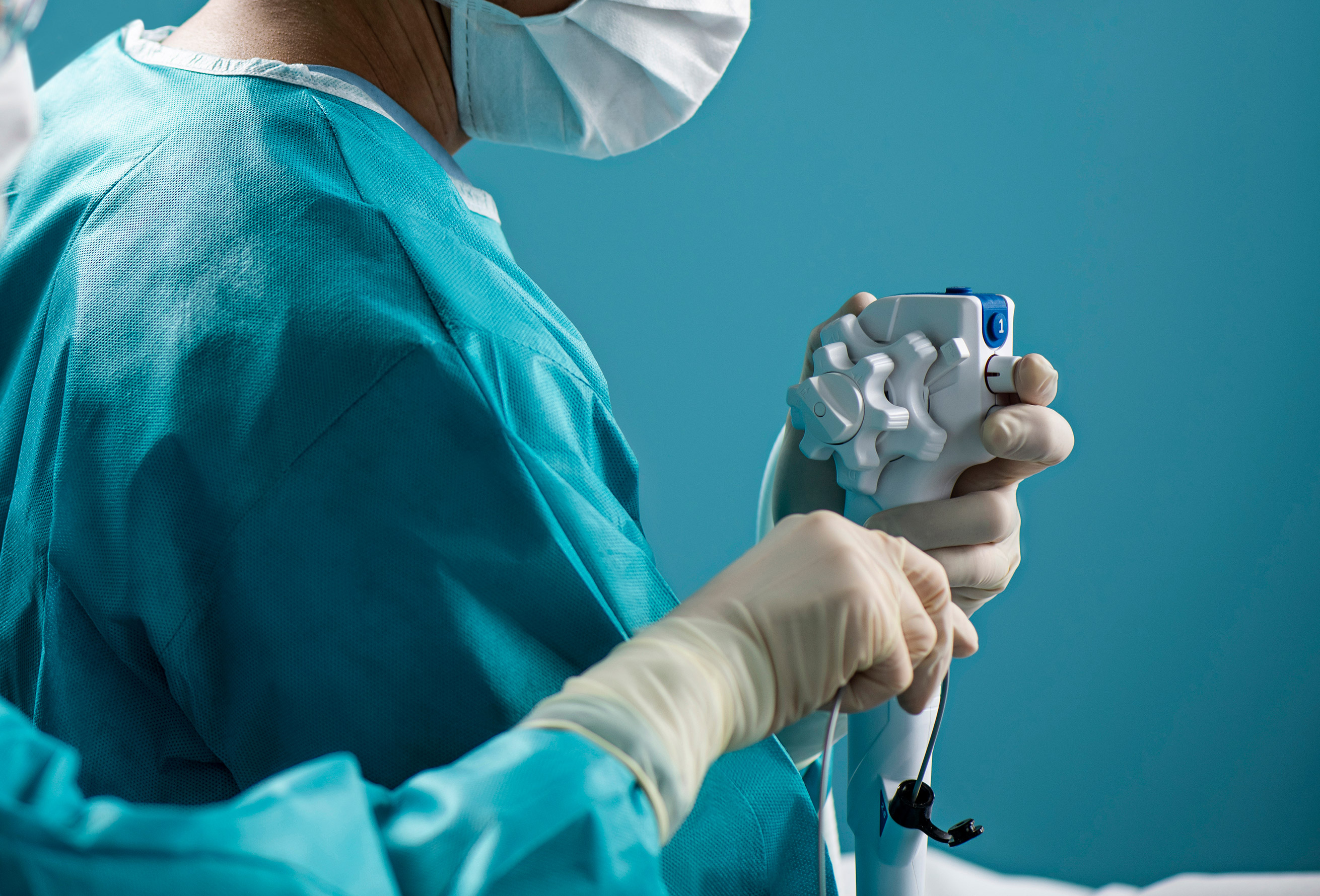
Female medical graduates outnumber male counterparts in every country except Japan and Switzerland. But, as more women opt into the profession, female gastroenterologist numbers remain stagnant.
This is particularly true in fourth tier advanced endoscopy, especially physicians specializing in endoscopic retrograde cholangiopancreatography (ERCP) and endoscopic ultrasound (EUS) procedures.
In honor of International Women’s Day 2021, Single-Use Endoscopy is shining a spotlight on unique challenges women face and the work underway to remove barriers that may keep women from reaching top leadership or advanced procedural positions in the endoscopy suite.
Ergonomic Challenges
A 2019 review in Gastrointestinal Endoscopy suggests a better understanding of the unique risks faced by pregnant women in endoscopy would help inform ergonomic changes that could keep women safe during and after pregnancy. This is especially important as the average age for the start of GI endoscopy residency is 30, possibly coinciding with childbearing for women.
ERCP’s challenging ergonomics have long been documented, and some of these physical challenges are exacerbated for women. A survey conducted by the American College of Gastroenterology (ACG) found that most pregnant women reported physical side effects of their job worsened during pregnancy.
Most endoscopists, male or female, do not receive special ergonomic training, according to a recent ACG survey. Researchers concluded more is needed to support ergonomics training for fellows.
Creating Community
In the 2018-2019 academic year, women accounted for 12 percent of the advanced endoscopy fellows matched through the American Society for Gastrointestinal Endoscopy (ASGE). Research shows that the gender disparity among endoscopists grows as training progresses.
ERCP and EUS, both advanced endoscopic procedures, are therefore not typically performed by women. This can pose challenges as female patients often seek female providers, especially for intimate gastrointestinal procedures.
A survey of 2018-19 program directors for the ASGE match yielded different potential reasons for the low percentage of women matched in fellowships that year. Program directors pointed to difficult or inflexible schedules, a shortage of women endoscopists at national conferences, and a lack of female mentorship.
There are several resources for gastroenterologists that seek to address some of these challenges, including mentorship and networking opportunities.
Notably, the nonprofit Women in Endoscopy (WIE) was founded five years ago to provide classes and seminars about professional growth and leadership. The organization also hosts informal gatherings at large conferences to promote health and self-care and allow for networking opportunities among members.
Other groups championing women in the field and providing support include:


